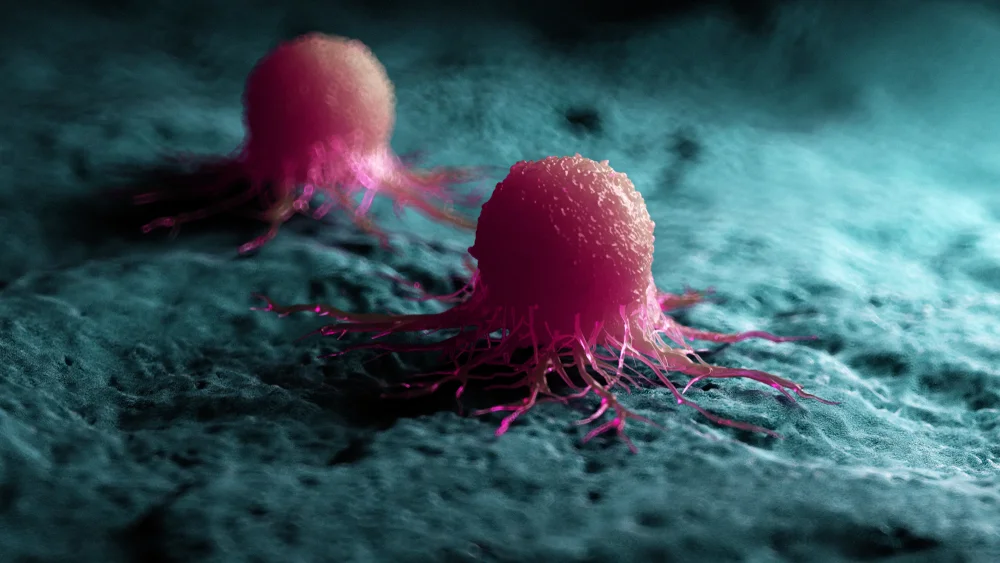Research team touts potential therapy for rare disease

A team of National Cheng Kung University (NCKU) researchers has developed a new therapy for a rare childhood immunodeficiency disorder that employs nanotechnology to enhance the use of curcumin as a medication.
Chronic granulomatous disease (CGD) affects nearly one in 200,000 births worldwide, and more than 10 Taiwanese children have the disease, pediatrician Shieh Chi-chang (謝奇璋), a professor of clinical medicine at the Tainan-based university who also works at the National Applied Research Laboratories, told a news conference yesterday at the Ministry of Science and Technology in Taipei.
Children with CGD suffer from repeated infections and could die at an early age, as there is no known cure, he said.
Doctors often prescribe interferons in a bid to prevent more infections or recommend stem cell transplants, he said.
Seeking a more accessible and safer treatment, about six years ago he began researching using curcumin, which is extracted from turmeric roots, Shieh said.
Curcumin’s poor water solubility means it is not readily absorbed by the human body and there have been concerns that it might kill cells other than the targeted ones, he said.
His team eventually developed a method using nanotechnology to wrap curcumin with a more biocompatible material, allowing it to act on target bacteria, he said.
The medication has been tested on mice and he expects to complete clinical testing and commercialization in five years, he said.
He thanked current and former members of the team, including Deputy Minister of Science and Technology Shieh Dar-bin (謝達斌), for their work.
The method could be applied to other diseases with similar pathologies, Shieh Chi-chang told a reporter who asked if developing a cure for one rare disease was worth the effort.
The National Laboratory Animal Center has developed a bacterial artificial chromosome technique that can transfer nearly 200,000 base pairs of human genes into mice, a task few researchers in the world have achieved, center researcher Jiang Si-tse (蔣思澈) added.





